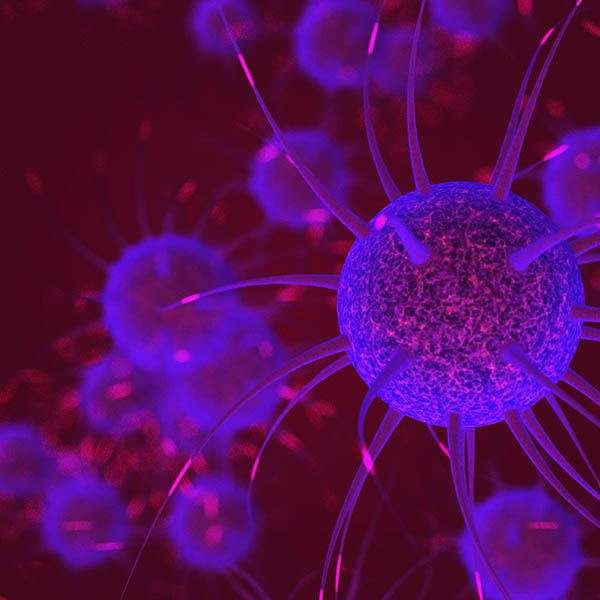A novel gene therapy for Huntington’s Disease that leverage zinc finger protein technology.
Proposed use
Novel zinc finger proteins, delivered to the brain through the use of AAV viral vectors, have been designed to efficiently and selectively repress the mutant huntingtin gene. In vivo data in an acute mouse model of Huntington’s Disease shows sustained repression after a single does, and restoration of motor co-ordination to levels comparable to those of healthy controls.
Technology overview
Huntington’s disease (HD) is a dominantly inherited neurodegenerative disorder caused by expanded CAG (polyglutamine) repeats in the huntingtin (HTT) gene. There is currently no cure and a limited number of approved symptomatic treatments available to individuals with HD. Lowering mutant HTT reverses the disease phenotype in animal models and several approaches are in development that target the RNA or the mutated huntingtin protein, but none has yet proved to be effective or selective enough. Researchers at Imperial College London and the Centre for Genomic Regulation (CRG) have developed and validated in vitro and in vivo a new therapeutic approach that induces selective repression of the mutant HTT gene using synthetic zinc finger (ZF) proteins delivered to the brain using adeno-associated viral vectors (AAV). The first generation ZF construct mediated acute dose-dependent repression in vivo upon striatal injection in R6/2 mice, resulting in a reduction in mutant HTT protein aggregates and improvement of functional behaviour (reduced decline in rotarod performance and alleviation of clasping). A third generation ZF construct optimised for increased expression and persistence of the ZF protein in the brain mediates long-term mutant HTT repression to therapeutic relevant levels (at least 25% repression) in vivo after a single injection in R6/1 mice.
Benefits
- Therapy based on proprietary zinc finger protein technology – to date, the only clinically validated class of engineered DNA-binding proteins
- ZF construct design achieves specific binding to polyCAG/CTG repeats
- Selective for mutant HTT gene with no signs of repression of wild type HTT and limited risk of toxicity/non-specific binding
- Potentially more effective than other therapeutic approaches in development for HD (e.g. antisense oligonucleotides), tackling the challenge of trinucleotide expansion at the source (i.e. the defect at the DNA level)
- In vivo data in relevant disease models using well-established and clinically validated adeno-associated viral vectors as ZF delivery vehicle
- Sustained repression of mutant HTT observed from a single dose, suggesting potential for long-term curative treatment
- Potentially applicable to other polyglutamine (polyQ) disorders
Intellectual property
Technology is covered by patents:


